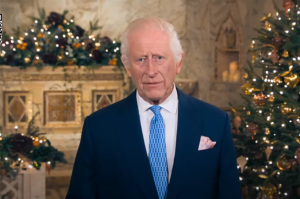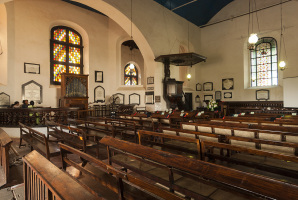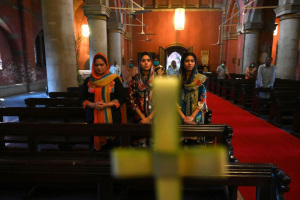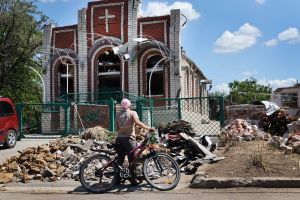Jesus Tomb Holy Site at Risk of 'Catastrophic' Collapse
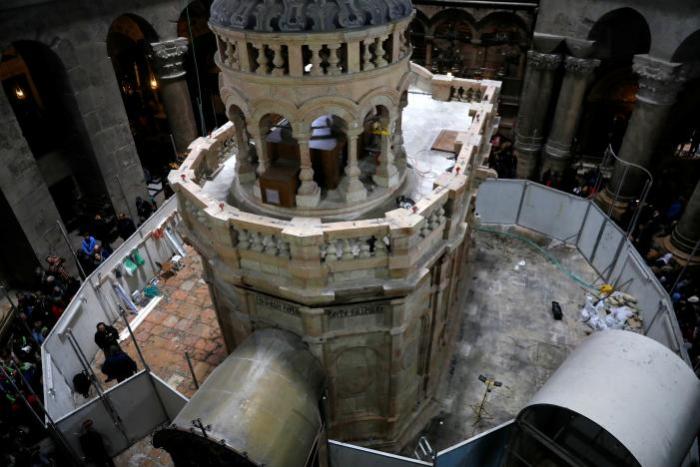
Researchers have warned that although the nine-months restoration project of the tomb of Jesus in Jerusalem is near completion and is to be opened to the public in time for Easter, the ancient site is still at risk of a "catastrophic" collapse.
The Associated Press reports that the Church of the Holy Sepulchre, which is believed to have kept the body of Christ before His resurrection, is set to be reopened on Wednesday, with authorities spending nearly $4 million to restore key sections of the church.
Antonia Moropoulou, the chief scientific supervisor at the National Technical University of Athens warned, however, that the shrine and surrounding complex could still suffer significant structural failure.
"When it fails, the failure will not be a slow process, but catastrophic," Moropoulou said, according to National Geographic.
Researchers at NTUA said that they recently undertook a survey which revealed new risks to the 3,000-square-foot site.
The survey found that parts of the Edicule, the shrine at the cave that is said to have contained Jesus' body, rests on steep and sloping bedrock. That bedrock was once part of an ancient quarry, with the foundation mortar of the tomb crumbling after decades of moisture exposure.
The NTUA has now proposed a 10-month, $6.5 million project that would remove the fractured stone around the Edicule, grouting foundation rubble and degraded mortar, and excavating more than 1,000 square feet of floor.
The aim would be to "install new sewage and rainwater drainage around the perimeter of the rotunda," the article said.
The researchers are hoping that the project, if it goes ahead, would be planned in a way to ensure minimal interruption to the millions of visitors who come to the holy site each year.
The past year's restoration work resulted in some remarkable discoveries, such as the original limestone bed where Jesus is believed to have been buried before His resurrection.
"I'm absolutely amazed. My knees are shaking a little bit because I wasn't expecting this," Fredrik Hiebert of National Geographic said in November.
"We can't say 100 percent, but it appears to be visible proof that the location of the tomb has not shifted through time, something that scientists and historians have wondered for decades," he added.
And in October, scientists uncovered for the first time since 1555 an ancient slab inside a chamber on which Jesus' body is believed to have been laid down upon.
"The marble covering of the tomb has been pulled back, and we were surprised by the amount of fill material beneath it," Hiebert said at the time. "It will be a long scientific analysis, but we will finally be able to see the original rock surface on which, according to tradition, the body of Christ was laid."
The NTUA meanwhile said it will make the data it has collected about Jesus' tomb available in a "Holy Sephulchre Information Platform."
"This work is a collective work," Moropoulou added. "It doesn't belong to us, it belongs to all humanity."


















